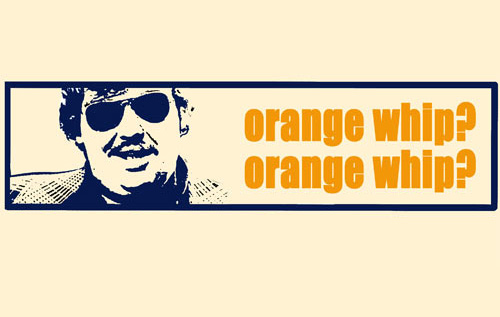“The Ball” Part 2: Is Rolling it Back a Fair Play?
How the latest rule proposals could alter the landscape of golf as we know it.
Golf has long been a game of precision, strategy, and significant tradition, yet it stands at a crossroads with the introduction of proposed changes to “rollback” the golf ball. In Episode #8 Part 2 of Holy Duffer Podcast, hosts Strolan and Mark dive deep into these potential adjustments, exploring their implications for both amateur and professional play.
The Heart of the Matter: Golf Ball Specifications
The crux of the discussion in this episode pivots around the proposed modifications to the golf ball, specifically targeting distance reduction. Under the premeise of reducing distance to keep current courses “Suitable for Professional Play” the USGA and R&A are changing how balls are tested for speed and conformity. The intent is to level the playing field in professional golf, where the dramatic increase in tee shot distances over the years has raised concerns about the sufficiency of current course lengths.
Strolan shared his perspective on a new ball he’s experimented with — the Maxfli Tour — noting its enhanced distance and spin. He emphasized how such advancements could be hindered if the suggested ball spec regulations come to fruition. Mark agreed, highlighting the potential discrepancies these changes could create not only in professional tours but in the amateur game as well.
Player Experience and Course Design
Both hosts agreed that a critical aspect overlooked in the rule changes is the player’s interaction with the course itself. They discussed how legendary courses like Augusta National are designed with specific intentions by architects like Bob Jones and Alister McKenzie to challenge but also to reward skill and risk-taking. Using the example of the iconic par fives at Augusta, designed to provide scoring opportunities, not to frustrate players.
Strolan and Mark argued that adaptations to the course, rather than equipment, might serve as a more organic approach to managing professional game advancements without dampening the amateur experience. Discussions about adjustments at venues like TPC Sawgrass, where strategic difficulty influences play, were highlighted to illustrate this point.
Equipment Evolution and Impact on Play
Decisions regarding equipment, Strolan argues, should not merely focus on curbing professional players’ advantages but should consider the amateur’s enjoyment and growth in the sport. Mark added that while the top tier of players will adjust, it’s the average golfer who may feel the brunt of these changes the most.
The Future of Golf: What’s at Stake?
As the episode drew to a close, the hosts underscored the significance of maintaining a balance between preserving the game’s traditional challenges and embracing the evolution that comes with technological advancements. They stressed that changes should be made with a holistic view of the game’s future — one that includes all players from various skill levels.
In summary, Holy Duffer Podcast “The Ball” Part 2: Is Rolling it Back a Fair Play? tackled key concerns around proposed golf rule changes with severe implications. As Strolan and Mark concisely put it, the heart of golf lies within the joy and challenges it offers to all who play it, urging a careful consideration that respects everyone that plays Golf
Not just the best players in the world, the other 99% that love the game as it stands.
As always, we will see you one the green!

